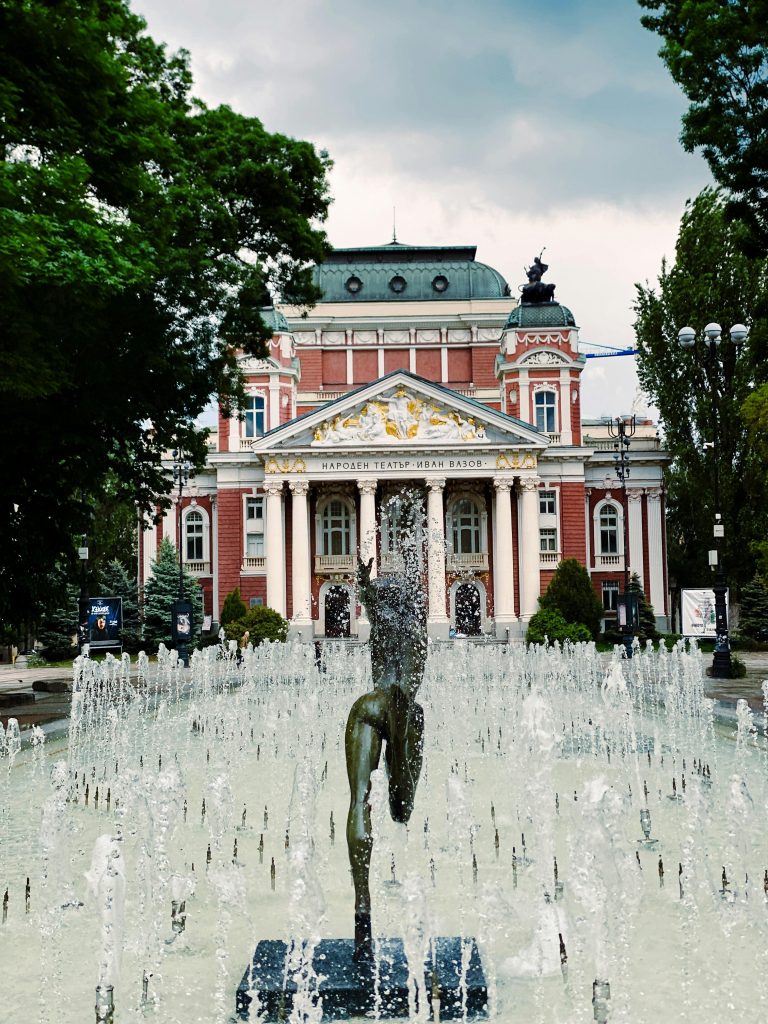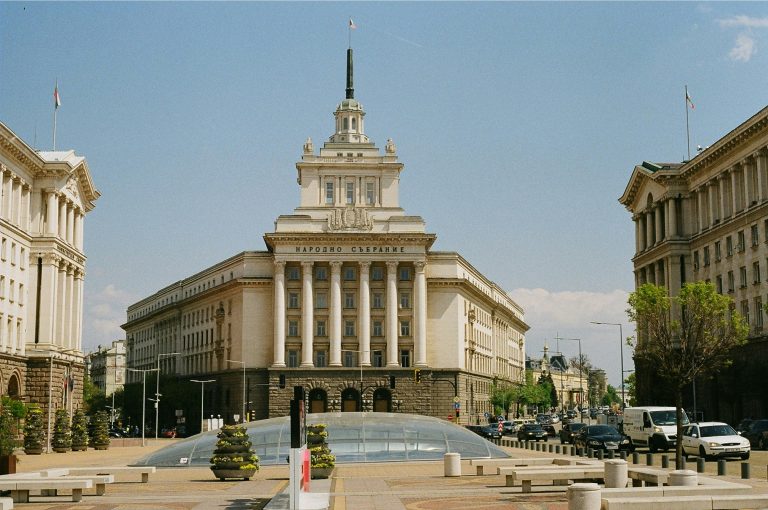About Sofia
History
Sofia, the capital and largest city of Bulgaria, stands as a symbol of the country's rich and complex history, nestled in the heart of the Balkan peninsula. With a history that stretches back over seven millennia, Sofia is among the oldest cities in Europe, a fact reflected in its diverse architecture and numerous archaeological sites that dot the cityscape. From its origins as a Thracian settlement to its days as the Roman city of Serdica, and through its transformation into a significant Byzantine and Ottoman hub, Sofia has witnessed the rise and fall of civilizations. Today, it is a vibrant city that blends its ancient heritage with modern life. The city offers a unique view where medieval churches, Ottoman mosques, and Soviet-era architecture meet against a backdrop of green parks and the towering Vitosha Mountain, inviting visitors to explore its rich history, culture, and natural beauty.
Places to visit
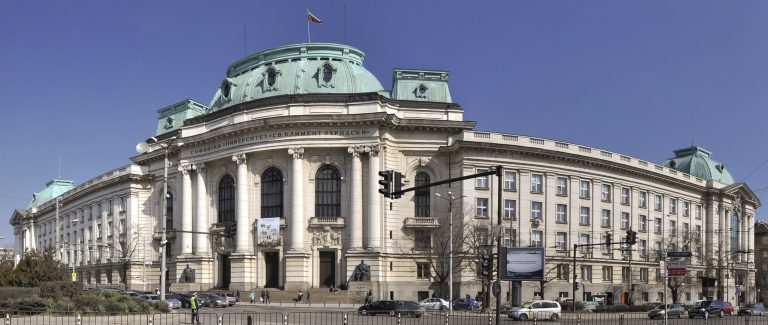
Sofia University
The oldest higher education institution in Bulgaria, it is celebrated for its stunning architecture and rich academic tradition. It is a must-visit landmark situated in the heart of Sofia.
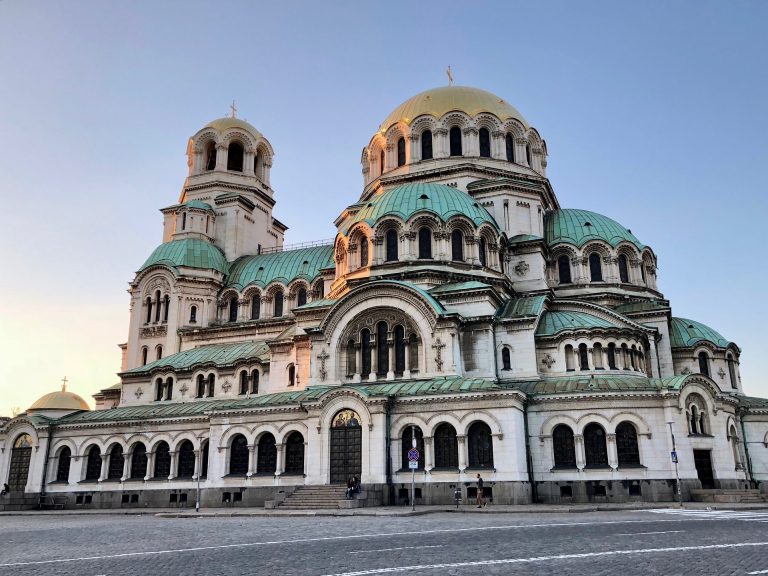
St. Alexander Nevsky Cathedral
An iconic symbol of Sofia, this majestic cathedral is one of the largest Eastern Orthodox cathedrals in the world, celebrated for its impressive architecture and beautiful interior mosaics.

National Palace of Culture (NDK)
A multifunctional complex, the NDK is the largest conference and exhibition center in southeastern Europe, hosting a variety of cultural events, concerts, conferences, and exhibitions.
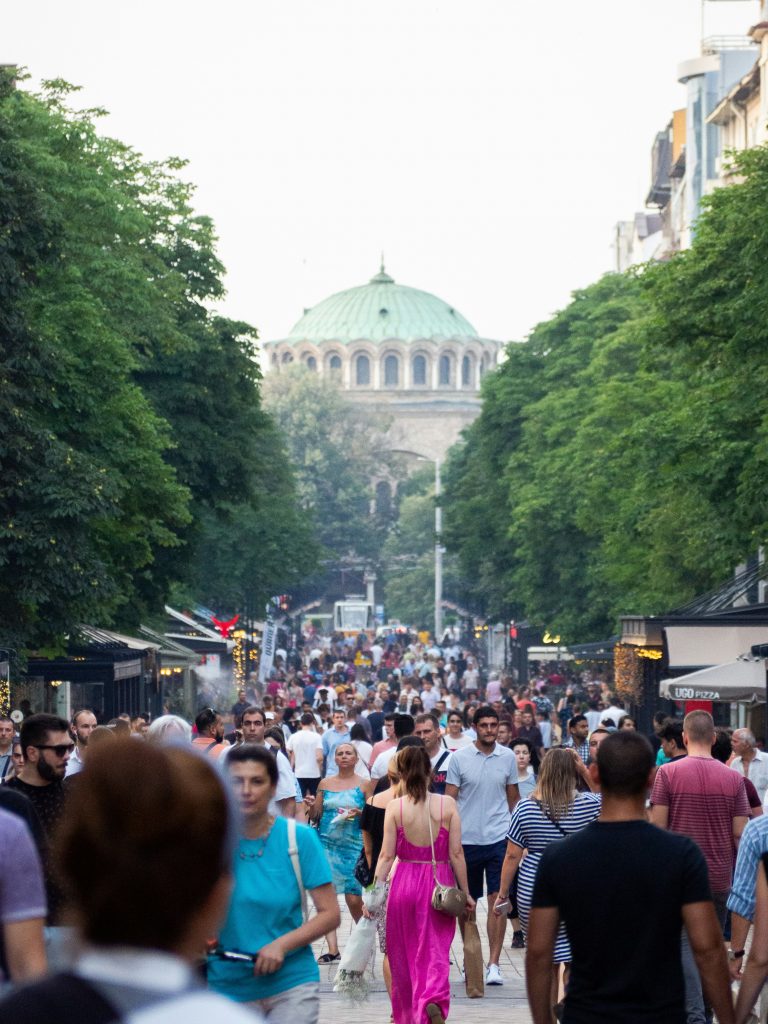
Vitosha Boulevard
Sofia's main commercial street, offering a lively atmosphere with its array of shops, cafes, and restaurants, set against the backdrop of the scenic Vitosha Mountain.


